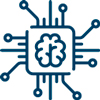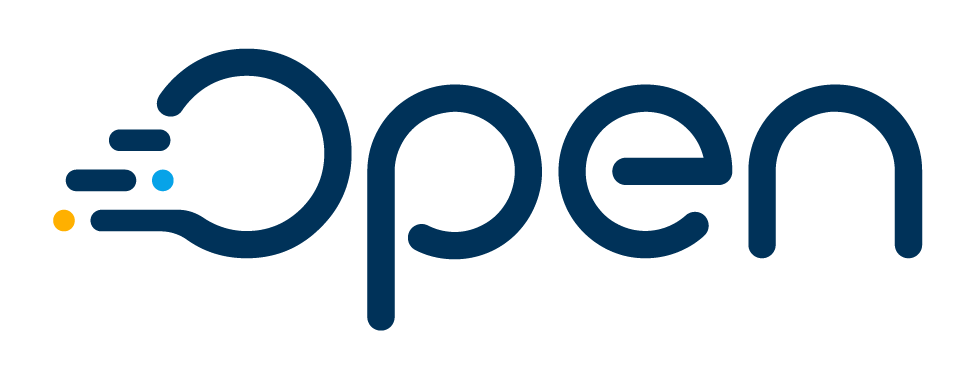Service providers must identify the aspects and activities that drive the fulfillment of business goals when looking to modernize technology solutions. These drivers must be seen as strategies required to achieve business success and growth. Even though identifying business drivers gets more difficult as organizations become more complex, now the industry and the market itself define the drivers to take into account when implementing an advanced technology.
Technology changes inside service providers have traditionally been driven by challenges related with infrastructure management and the assurance of service supply. However, new business drivers are now more relevant when evaluating the need for an advanced technology solution.

Improve customer-facing processes as the main changing driver.
 In an increasingly competitive industry, the shifting from an asset-based model towards a customer-centric model makes necessary for service providers to have technology solutions that allow to efficiently met customers’ expectations. In fact, 61% of utility companies consider the evolving customer expectations as the main driver to modernize their CIS solution(1). Additionally, business also have to face many disruptive changes, such as the empowerment generated by digital tools and the growing concern for environmental issues, that create the need to rethink the way in which companies engage with the customers.
In an increasingly competitive industry, the shifting from an asset-based model towards a customer-centric model makes necessary for service providers to have technology solutions that allow to efficiently met customers’ expectations. In fact, 61% of utility companies consider the evolving customer expectations as the main driver to modernize their CIS solution(1). Additionally, business also have to face many disruptive changes, such as the empowerment generated by digital tools and the growing concern for environmental issues, that create the need to rethink the way in which companies engage with the customers.
Reduce the total cost of ownership adopting industry best practices.
 When implementing a technology solution, companies are always concerned about the total cost of ownership (also known as TCO). Defined by Gartner as a “comprehensive assessment of information technology (IT) or other costs across enterprise boundaries over time”(2), the reduction of the TCO can be achieved when there is no complexity of integrations among systems. That is why, solutions with an expanded and advanced scope that allow a complete management of the operation are optimal for the goals of quality, growth and profitability of the organization, in contrast with those alternatives that require to be integrated with other systems. When 42% of the costs for the implementation of a CIS solution go into integration services, systems that contribute to ease integration are preferred when performing modernization projects in service providers(3).
When implementing a technology solution, companies are always concerned about the total cost of ownership (also known as TCO). Defined by Gartner as a “comprehensive assessment of information technology (IT) or other costs across enterprise boundaries over time”(2), the reduction of the TCO can be achieved when there is no complexity of integrations among systems. That is why, solutions with an expanded and advanced scope that allow a complete management of the operation are optimal for the goals of quality, growth and profitability of the organization, in contrast with those alternatives that require to be integrated with other systems. When 42% of the costs for the implementation of a CIS solution go into integration services, systems that contribute to ease integration are preferred when performing modernization projects in service providers(3).
Quickly respond to market changes and comply with regulations.
 The technology solution to be implemented must grant agility and flexibility to modify and extend easily its core functionality easily, enabling companies to react on time to changes in the industry, such as the emergence of new business models and regulatory adjustments. The ability to enlarge the functional scope and tailor it to the specific needs of each organization represents a key business driver. Likewise, being able to enhance products and services, introduce improvements derived from interactions with customers and optimize operational processes is vital for the success of service providers in a context determined by the faculty to respond to current and future challenges quickly.
The technology solution to be implemented must grant agility and flexibility to modify and extend easily its core functionality easily, enabling companies to react on time to changes in the industry, such as the emergence of new business models and regulatory adjustments. The ability to enlarge the functional scope and tailor it to the specific needs of each organization represents a key business driver. Likewise, being able to enhance products and services, introduce improvements derived from interactions with customers and optimize operational processes is vital for the success of service providers in a context determined by the faculty to respond to current and future challenges quickly.
Avoid risks related to legacy systems.
 The scarcity of experts in legacy systems represents an important risk for service providers. Consequently, it is necessary to design strategies aimed to reduce the high dependence of the organization on experts for the support of outdated technologies. A way to mitigate this situation is to have solutions that do not require a great investment of personnel resources for support services. The systems to be implemented must allow companies to focus their efforts in seizing business opportunities and in innovating products and services, and not in maintaining antiquated and obsolete technologies.
The scarcity of experts in legacy systems represents an important risk for service providers. Consequently, it is necessary to design strategies aimed to reduce the high dependence of the organization on experts for the support of outdated technologies. A way to mitigate this situation is to have solutions that do not require a great investment of personnel resources for support services. The systems to be implemented must allow companies to focus their efforts in seizing business opportunities and in innovating products and services, and not in maintaining antiquated and obsolete technologies.
Select a solution including forefront technological advances.
 Supporting the operation using applications hosted in the cloud is an alternative currently booming when talking about technology modernization for service providers. As a matter of fact, today 66% of these companies are considering the implementation of a cloud-based CIS(4) solution, up from 30% in 2017(5). This technology gives businesses many benefits, especially related to reductions on the total cost of ownership, technology infrastructure and other IT(6) requirements that create great expectations by representing a potential cost savings of 30%(7). Having a SaaS(8) allows companies to delegate to the solution’s vendor significant efforts regarding software and infrastructure maintenance and administration, network security and data availability(9). In addition, flexibility and scalability are properties to keep in mind when selecting the technology to be implemented, and the cloud is capable of providing them.
Supporting the operation using applications hosted in the cloud is an alternative currently booming when talking about technology modernization for service providers. As a matter of fact, today 66% of these companies are considering the implementation of a cloud-based CIS(4) solution, up from 30% in 2017(5). This technology gives businesses many benefits, especially related to reductions on the total cost of ownership, technology infrastructure and other IT(6) requirements that create great expectations by representing a potential cost savings of 30%(7). Having a SaaS(8) allows companies to delegate to the solution’s vendor significant efforts regarding software and infrastructure maintenance and administration, network security and data availability(9). In addition, flexibility and scalability are properties to keep in mind when selecting the technology to be implemented, and the cloud is capable of providing them.
Those are the five key business drivers for technology modernization processes inside service providers. Solutions in the market must provide a full scope that helps organizations to operate efficiently without incurring in great costs and efforts associated with the integration of several systems and, at the same time, that allows timely responds to the demands of a highly changing industry.
Connect to your customers digitally with Smartflex.
(1) TMG Consulting. (2018). Utility Industry Disruption: 5 Profound Trends Impacting IT Modernization Projects. http://www.csforms.org/Conference42/Workshop%20pdfs/TMG.pdf
(2) Gartner. (no date). Gartner IT Glossary: Total Cost of Ownership (TCO). https://www.gartner.com/it-glossary/total-cost-of-ownership-tco.
(3) TMG Consulting. (2018). Utility Industry Disruption: 5 Profound Trends Impacting IT Modernization Projects. http://www.csforms.org/Conference42/Workshop%20pdfs/TMG.pdf
(4) CIS: Customer information system.
(5) TMG Consulting. (2018). Utility Industry Disruption: 5 Profound Trends Impacting IT Modernization Projects. http://www.csforms.org/Conference42/Workshop%20pdfs/TMG.pdf
(6) IT: Information technologies.
(7) Deckler G. (2016). Cloud vs.On-Premises Costs. https://www.fusionalliance.com/wp-content/uploads/2016/07/faCloudOnPremisesFoundations.pdf
(8) SaaS: Software as a service. SaaS is one of the three models of cloud computing.
(9) Deckler G. (2016). Cloud vs.On-Premises Costs. https://www.fusionalliance.com/wp-content/uploads/2016/07/faCloudOnPremisesFoundations.pdf.







